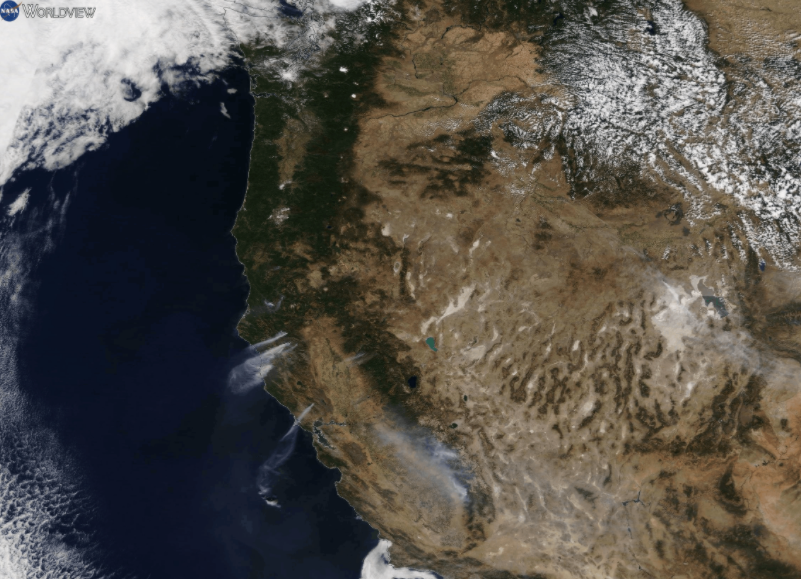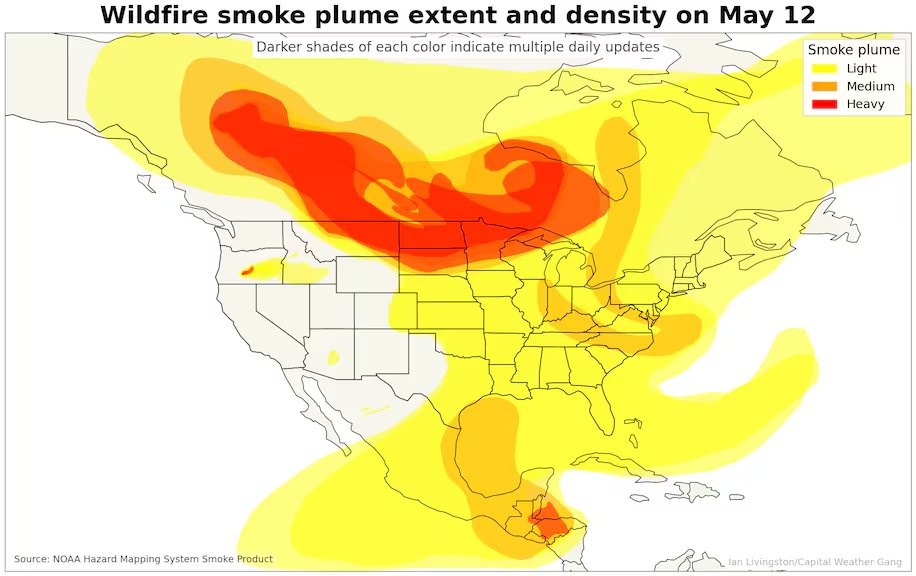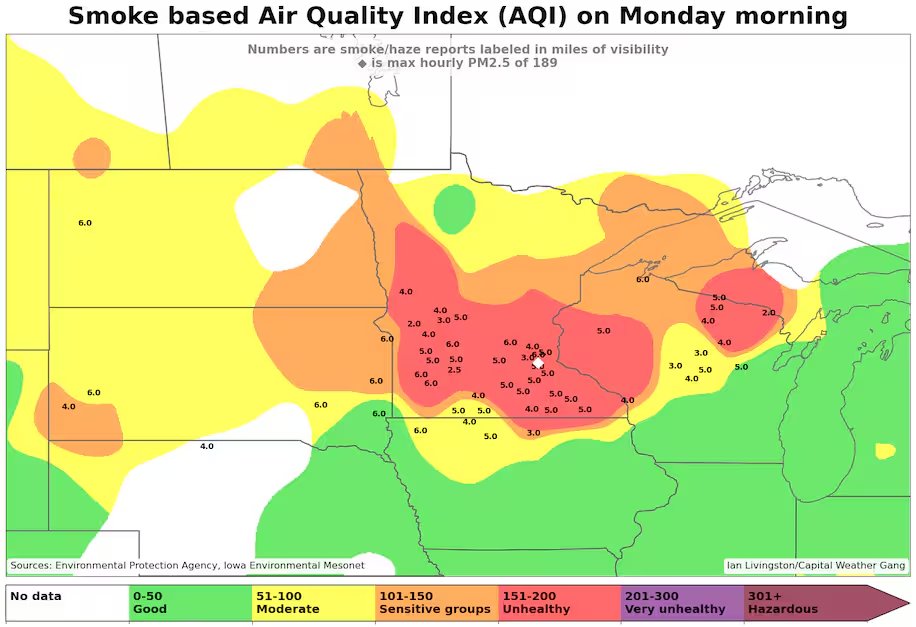A historic and devastating onslaught of wildfires has ravaged the West since mid-August. @NASAEarth satellite imagery has captured the punishing blazes which have devoured over 3.9 million acres in California alone.
Details: wapo.st/36mOloW (1/x)
Details: wapo.st/36mOloW (1/x)
Here's the view of the Creek Fire which exploded NE of Fresno Sep. 4-5 (2/x)
This is the horrific eruption of blazes in the Pacific Northwest Sept. 7-8:
Here's is the suffocating smoke which consumed San Francisco on Sept. 9: (4/x)
And the heat dome this week, along with bursts of strong offshore winds, have fanned existed flames and fueled new ones in both southern and northern California. (5/5) 

• • •
Missing some Tweet in this thread? You can try to
force a refresh



















